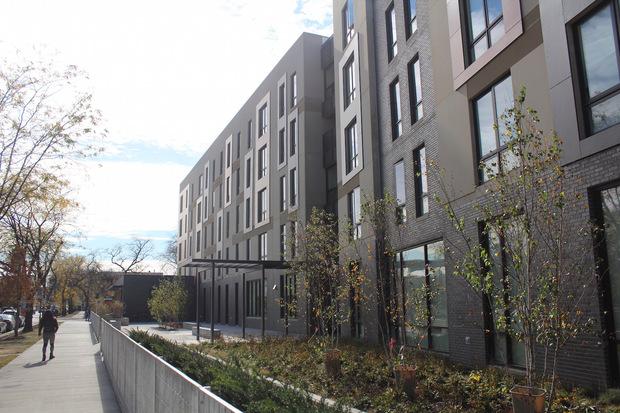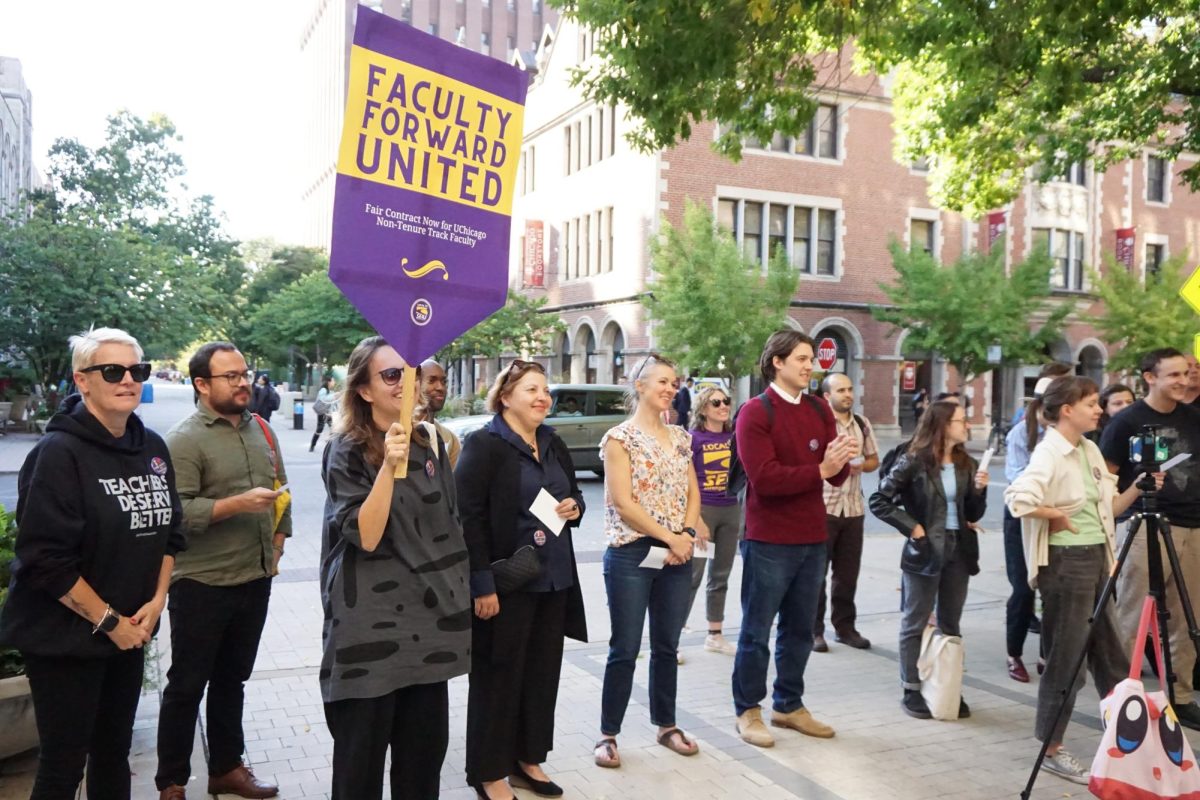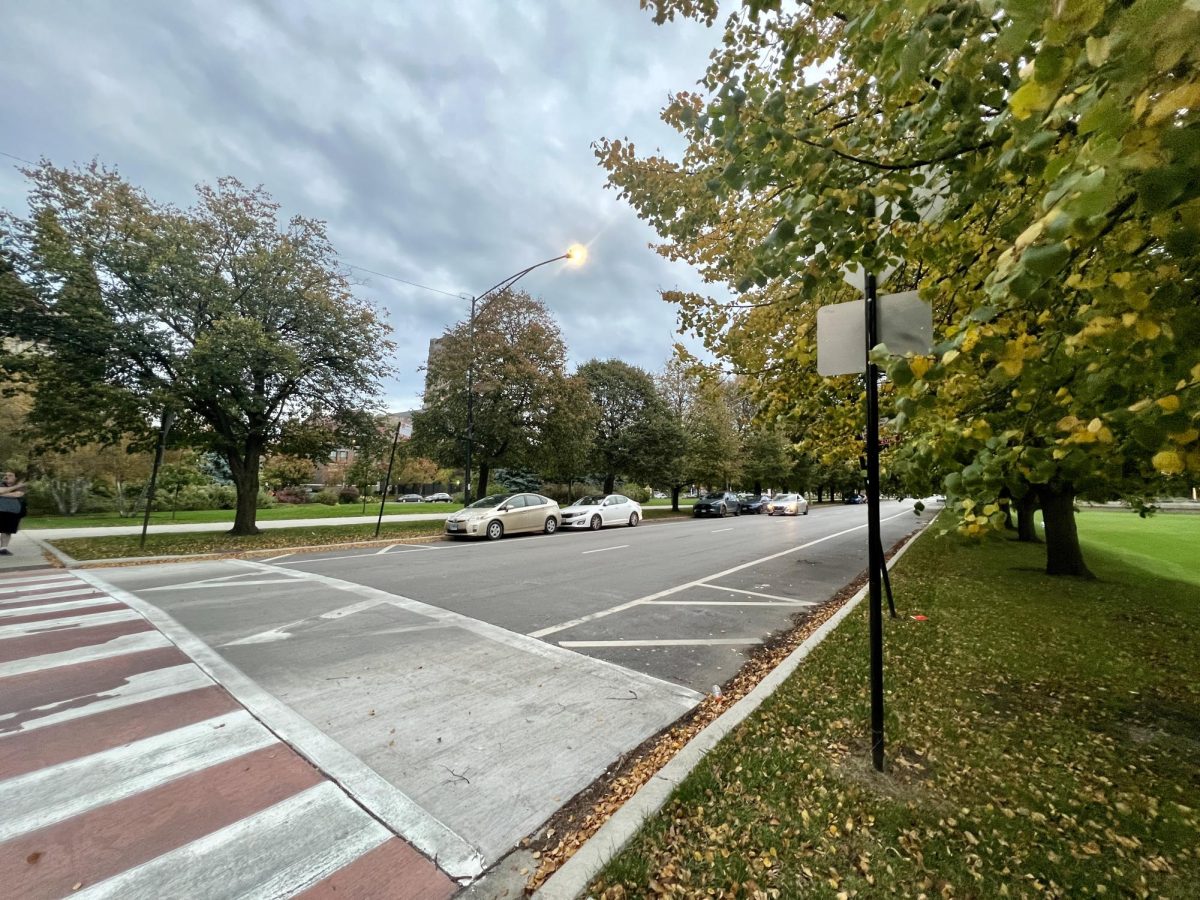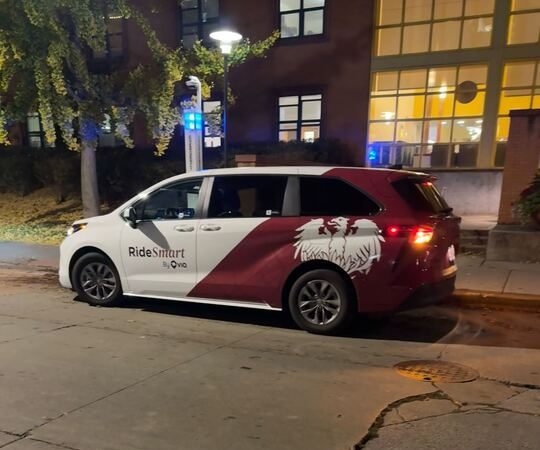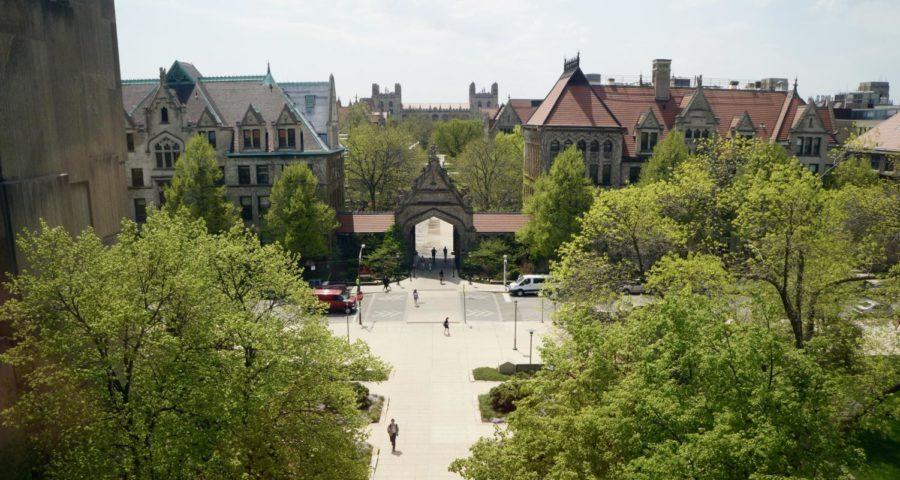As Chicago’s mayoral and aldermanic candidates debate issues of affordable housing in the run-up to February’s elections, UChicago has found its own approach to tackling the issue. Since 2003, the University’s Employer-Assisted Housing Program (EAHP), operated by the Office of Civic Engagement, has aided University employees in buying homes in several South Side neighborhoods.
Nine neighborhoods fall within EAHP’s domain: Hyde Park, North/South Kenwood, Woodlawn, Douglas, Grand Boulevard, Greater Grand Crossing, Oakland, South Shore, and Washington Park. Any full-time, benefits-eligible employee of UChicago can apply for an interest-free, forgivable loan of between $2,500 and $10,000, to count toward a down payment on a home in any of these communities. In addition to the financial component, the program also provides homeownership counseling to participants.
Certain neighborhoods carry more restrictive conditions. Prospective buyers in Hyde Park or South Kenwood must be first-time homeowners making no more than 120 percent of the area median income, while any homeowner outside the nine neighborhoods is welcome to apply if looking to buy outside of Hyde Park, with no income restrictions. Homeowners within those neighborhoods are only eligible for a loan to buy in Woodlawn.
Woodlawn is an area of special attention for the EAHP. Its proximity to the University campus and relative lack of development compared to Hyde Park make it an ideal target for accessible housing initiatives. In addition to the University, three affordable housing focused nonprofits administer programs promoting homeownership in Woodlawn, funded by the federal government and the City of Chicago. The EAHP is available to any University employee looking to purchase a home in Woodlawn who doesn’t already own one there, and the University offers up to $2,400 in assistance to renters there as well.
Before being approved for a loan, a participant in the EAHP is required to engage in confidential homeownership counseling. The counseling services are meant to help potential buyers to determine if their finances can support such a significant purchase. According to Christina Angarola, communications director for the Office of Civic Engagement, counseling is one of the program’s most popular features.
According to Alyssa Berman-Cutler, executive director of community development in the Office of Civic Engagement, most of those who take advantage of Employer-Assisted Housing are University and staff of the University Medical Center, since faculty are eligible for a separately run second mortgage program. Sixty-six percent of the program’s 300 participants were South Side residents who had previously been renters before being able to buy a home. Demand for the program has been growing faster than the University has been able to meet it, even as the program’s budget has increased in recent years.
Danielle Roper, a professor of Latin American literature, purchased her current home in Woodlawn with the help of a loan from the EAHP. She cites the counseling aspect of the program as a highlight, saying that it helped clarify the home-buying process for her.
“For young junior faculty it’s really great because it helps you to build a life here as you try to settle down at the University,” Roper says. “Living in the building where I live in it’s mostly Black-owned and a lot of people have been here for 25 years…. In my experience it’s been really great to integrate into this area. I’m also a Black faculty [member] who wanted to be in a space that was predominantly Black and it was great for me to be able to do that.”
Berman-Cutler describes employer-assisted housing as part of a larger scheme of comprehensive community development. Various initiatives to promote small businesses and affordable housing tend to interact with each other: incentivizing University employees to live locally means they’ll be patronizing local businesses as well.
“[Homeownership] really does make a difference in terms of how people interact with their community. It makes them feel like longer-term residents with more of a commitment to the community, with more of a willingness to be part of community organizations,” Berman-Cutler says. “[It also] helps build familial wealth. Homeownership is where most Americans have their wealth.”
A 2016 Forbes article listed the various benefits of homeownership, citing studies by the Boston Federal Reserve to prove that children of homeowners tend to do better in school and have higher incomes later in life. Home sales also create jobs within the local economy by stimulating demand for people like movers and remodelers.
“There is a lot more work that needs to be done in terms of having us at the University continue to help the community that’s already here,” Roper says. “One of the benefits of [EAHP] is that it helps us [do that] and I think we could take it a step further by trying to partner and invest in programs that are here in the community.”
One such program is Renew Woodlawn, a loan and grant-making institution operated by three nonprofits: Preservation of Affordable Housing, Neighborhood Housing Services of Chicago Inc., and the Community Investment Corporation. Renew Woodlawn targets a similar demographic to the EAHP, without being restricted to University employees, and occasionally serves the same people.
Affordable housing will only become more important in the near future, as construction begins on the Obama Presidential Center. The real estate site Zillow estimates that property values in Woodlawn increased by more than 15 percent between May 2017 and May 2018 and will likely continue to rise as anticipation for the Obama Center increases. Spurred by the $500 million project, 63rd Street will soon be redeveloped as a commercial corridor.
“[The Obama Center] brings a lot of change. It brings a lot of opportunity for people who have been there a long time; it also pushes property taxes in a hard area for a lot of homeowners,” says Ryan Cote, the Renew Woodlawn program coordinator. “Our program started in 2016. The grants that we provided then won’t go as far now. The money that we gave back then might have been sufficient, but at this point because it costs so much more to rehab a home it’s difficult for a lot of people who use this service—which is usually under 120 percent of the area median income—to be able to afford those homes even with our grants.”
In Cote’s view, employer-assisted housing is an opportunity for the University to have a positive impact in the local community.
“I think the issue with UChicago especially in the past is that there hasn’t been necessarily that mutual investment in Woodlawn and I think often residents talk about the fact that UChicago kind of took from Woodlawn, took land and things like that, more than giving back,” Cote says. “But with the EAHP program and with programs that are helping employees try to get grants to live in Woodlawn, for the most part I think it’s been a good thing.”
For many Woodlawn residents, new homeowners are a sign of renewed investment in and engagement with their community.
“The biggest thing that I constantly hear is that Woodlawn residents just want to know that you’re invested…. [For] new homeowners or new renters, it says a lot when you come to community meetings, when you go to a Woodlawn event, when you do those types of things to really show that you’re invested, it goes a long way,” Cote says. “Certainly it’s a big time of change and I think it would be great if UChicago is a positive part of that, because honestly they have a big footprint in the area.”
This article is part of the Maroon's 2019 Housing Issue, appearing in print on January 30.


